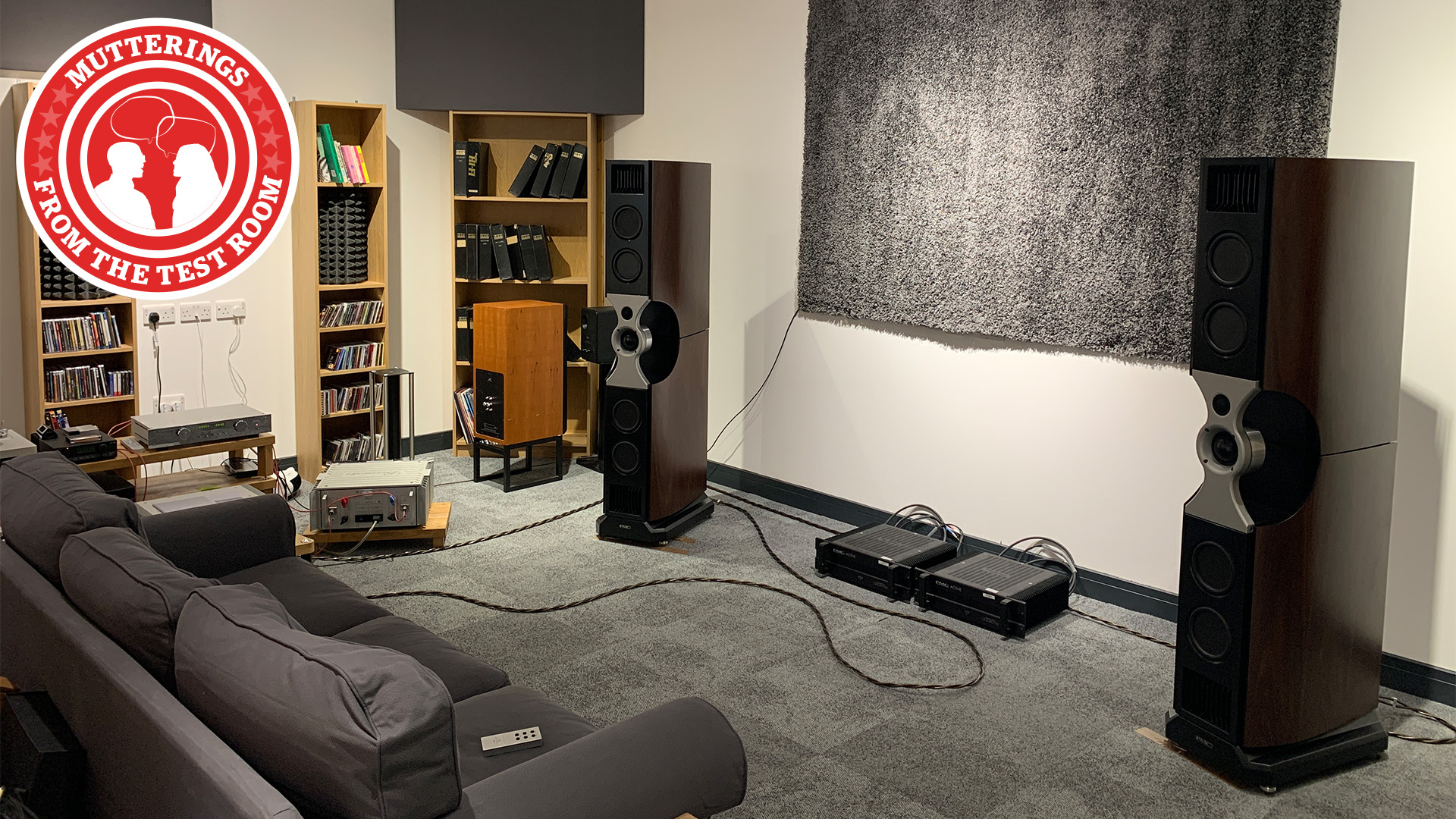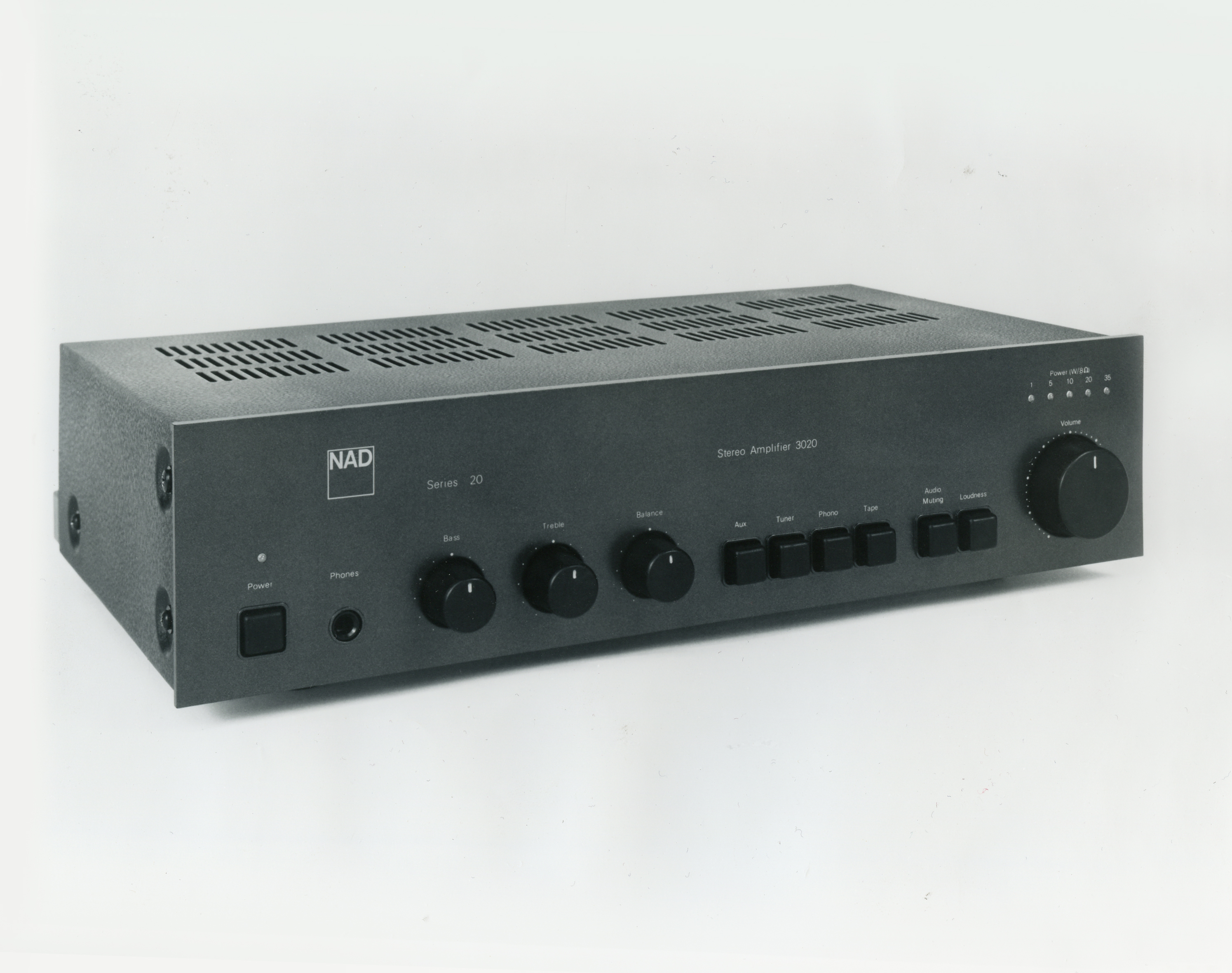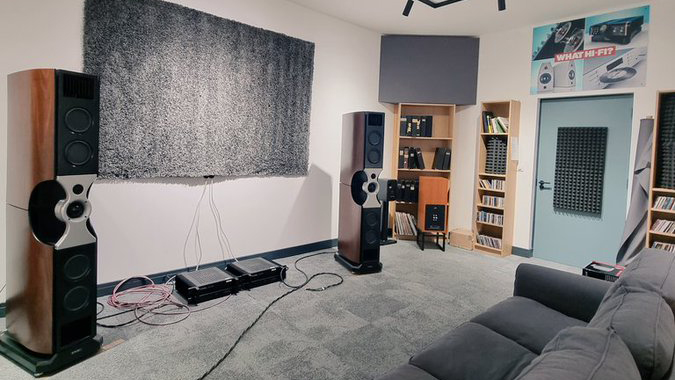
Which component do you think makes the most difference in your system? The conventional wisdom on that question has varied over time. In the early days of hi-fi, it was thought to be the speakers. And that’s totally understandable.
After all, they are the things that actually turn the electronic music signal into the sound waves we hear, and so must be the most important part of a system, right? Well, not if you asked the exact same question in the 1980s and 1990s.
At that point in time, the 'source first' dogma dominated. This is the idea that the rest of the system can’t reproduce anything that the source misses out in the first place, which led to the recommendation of some pretty lopsided systems.
Typically, that tended to include a high-end turntable partnered with budget amplifiers and speakers. The classic system of this type was a fully specced Linn LP12 (taking up around 75 per cent of the total budget) feeding a NAD 3020 amplifier with perhaps Acoustic Research AR18 speakers. Such a combination still managed to sound good, but it only really made sense if you viewed it as a stepping stone to better things.

So what *is* the most important aspect?
The arrival of the compact disc changed things yet again, bringing with it the idea that all parts of the system are equally important and the balance between the source, amplification and speakers should be broadly even. That’s probably where we still are today to a large extent, but I’m not sure that’s totally the right approach either.
I think the most important part of any system – the one component that sets the ceiling for the rest of the set-up – isn’t the source, speakers or amplification; it's the room the system is placed in. Get this right and the system, whatever its calibre, has more chance of performing optimally. Get it wrong and even the very best high-end products will fail to shine.
While this is something I’ve believed for a while, it was the building of What Hi-Fi?’s latest two-channel test room that made me think more about it again. During my decades on the brand, I’ve been involved with the design and development of around a dozen or so test rooms. And each time we work on a new one it is a chance to learn more. Over the years we’ve worked with various acoustics experts and it has become clear to me that each one prioritises different aspects of the sound, and so the types of acoustic treatments have varied.
But in the end, whether it is for What Hi-Fi? or a typical hi-fi consumer, we all just want a balanced-sounding room that doesn’t emphasise any particular part of the frequency range but instead strikes a natural balance between liveliness and being damped enough to avoid any unwanted reverb. Get a room like that and the system just sounds better, and even more important than that for What Hi-Fi?, the judging of individual products becomes easier.
My ideal hi-fi test room

So what would my ideal hi-fi listening room be like? It would be a decent size – large enough to fit the likes of our reference ATC SCM50 speakers without issue – and the dimensions of the room wouldn’t be direct multiples of each other. By the way, our main hi-fi test room (pictured top) now measures 3m x 7m x 5m (hwd), which is pretty close to my ideal.
After that, we enter the realm of construction. The floor should be solid, as should the walls, but in the real world such things don’t tend to be within our powers, do they? Our houses are built the way they are and we can’t do much about that. You can, however, set up your speakers with care. We have penned plenty of advice articles offering deep-dives into how to best position your speakers and set up your turntable and stereo amp, but in short...
Unless the speakers are designed to specifically go there, avoid putting them close to walls or – even worse – in a room corner. Start with the manufacturer’s recommendations and adjust from there. You’re looking for balanced tonality, a good amount of bass and a broad, layered stereo image. Standmounters should go on dedicated supports, and use spikes to make sure your speakers are stable.
Make the immediate area around the speakers as symmetrical as possible between the left and right channels. This will help with stereo imaging, as will positioning the speakers so that they and you (sitting at the listening position) are at the points on an equilateral triangle. If you can't manage this, try to still sit equidistant to each speaker.
Avoid putting anything in between the speakers too. I see lots of photos where the system electronics (or, even worse, a flatscreen TV) are placed there. This looks neat and is undeniably practical, but doing this is another thing that will cause havoc with the stereo soundstage.
Beyond that, a dedicated rack for the system will maximise performance while good-quality cables will also ensure your system delivers its full potential. Provided your system has been chosen with care, all you have to do then is make sure you have a nice comfy place to sit and lots of great music to tap away to.
MORE:
The very best speakers and best stereo amplifiers you can buy
How to build the perfect hi-fi system
7 crucial mistakes to avoid when setting up your hi-fi system







